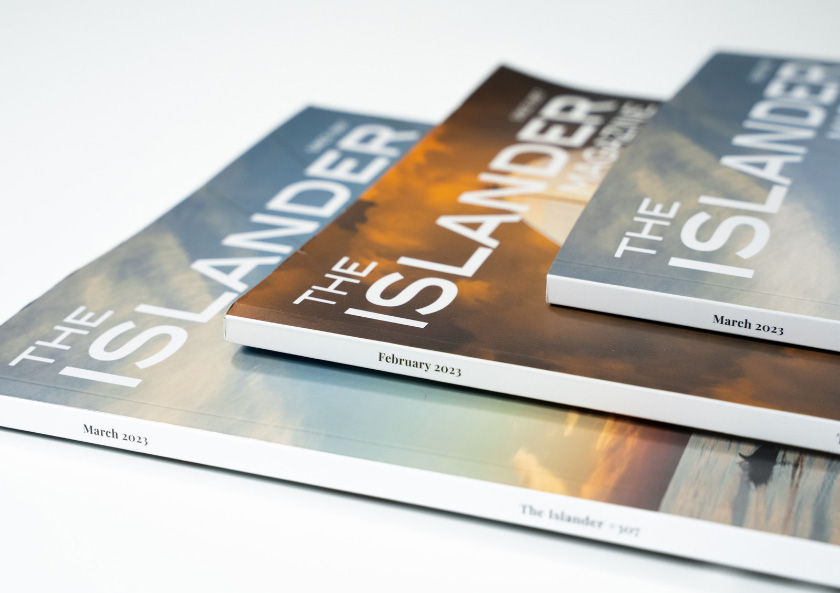Motor yachts are a very different beasts compared to sailing craft. To some extent they are easier to handle, as they are generally fitted with twin engines and thrusters, with the vantage point of a flybridge which provides great visibility. They are however less forgiving when things don’t go to plan, as their shallow draft provides little grip on the water as well as having lots of windage, meaning they essentially skid across the marina when caught beam on. This can often catch people out. Not to mention the high cost of the vessels and that of the neighbours you are mooring next to!
Prior to moving to Mallorca I had a reasonable amount of motor experience and miles which I gained during my days in the Middle East. I crewed on a number of large yachts and also delivered small cruisers from time to time between Dubai, Abu Dhabi and Oman. I made good use of my Advance Powerboat Instructor qualification, teaching own boat tuition on a range of craft.
Since moving to Mallorca, almost five years ago, I have been fortunate to have the support and guidance of Aigua Sea School and their vastly experienced instructors. I put real focus on developing my skills on motor yachts and have obtained my conversion from Yachtmaster Sail to Motor.
In December last year I signed up for a (CI) Cruising Instructor course at Mendez Marine in Hamble, UK. Despite being extremely cold, it was an incredibly rewarding week. I was blessed by having a fantastic instructor and I gained a lot from the training. As a Yachtmaster Instructor for sail I am fully comfortable with the syllabus, but it was a great opportunity to really hone skills and knowledge regarding motor yachts.
I spent a lot of the 2019 leisure season teaching day skipper motor courses on a range of boats. I mastered the skills of passing my motor experience on to others and signed up for my Yachtmaster Instructor Motor course in September. It was one of the more demanding courses I’ve taken part in over the years, although they are always a challenging process.
As I write this article I receive news that my first group of Yachtmaster Motor candidates have passed with flying colours after a challenging exam in strong winds. I am of course delighted.
When first meeting a new crew, I am keen to find out what level they are at and what sort of boats they have been handling. With motor we are looking for a good level of experience on relevant craft. By this I mean, motor cruisers, ideally with twin engines. Tender driving rarely provides the right type of experience.
Taking part in a Day Skipper course is a great way to develop skills and learn techniques which you’ll need to have fairly polished prior to joining an exam prep week. Generally if people find themselves attempting manoeuvres [in a motor cruiser] for the first time during an exam prep week, be it man overboard, coming alongside or other parts of the syllabus, then in my opinion, a day skipper course would have been more appropriate. Day Skipper introduces skippering skills including boat handling, but also the art of pilotage and navigation as well as command skills.
Last week’s candidates were all able to command the crew very well, which is a huge part of skippering. It’s not just about one’s ability to handle a boat but also the skills of delegation and leadership.
One exercise that I run for both sail and motor candidates is a mock distress call, where a quick response is required. The skipper needs to delegate tasks and get the boat to the exact location of the incident (as opposed to being roughly there). This is generally a pilotage exercise, without the use of the plotter.
An important aspect of the Yachtmaster exam is a grasp of theory. The ability to make secondary port calculations, plot an estimated position and prepare a course to steer. Most people book a two-week package, which comprises of a week in the classroom, followed by a week on the water. It’s beneficial to have a reasonable level of knowledge before signing up, this will make your life easier and the process more achievable. The pre-requisite experience information is clear on the Aigua Sea School website.
Aside from chart work, a good understanding of the COLREGS (IRPCS) is required. Ensure you have this basic knowledge for buoyage, vessel lights/ day shapes and sound signals for day one. It’s beneficial if knowledge of this subject can be demonstrated to the examiner, as they can see that a lot of work has been put in and that the candidate knows their stuff.
If you are unsure if about being ready, drop in to Aigua Sea School and have a chat with the team. They are very helpful and able to advise well. Also, feel free to contact me via my Facebook page if you have any questions.
I look forward to seeing you in the classroom or on the water soon.
Nathan Skinner
Facebook/com/Nathan Sailing














0 Comments